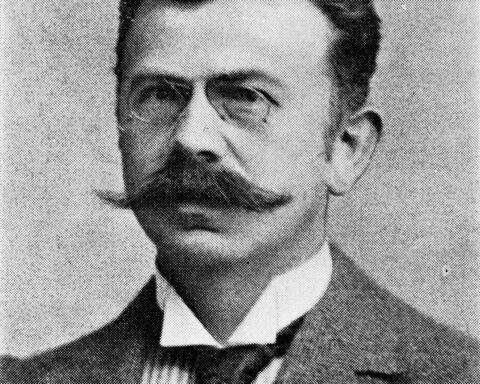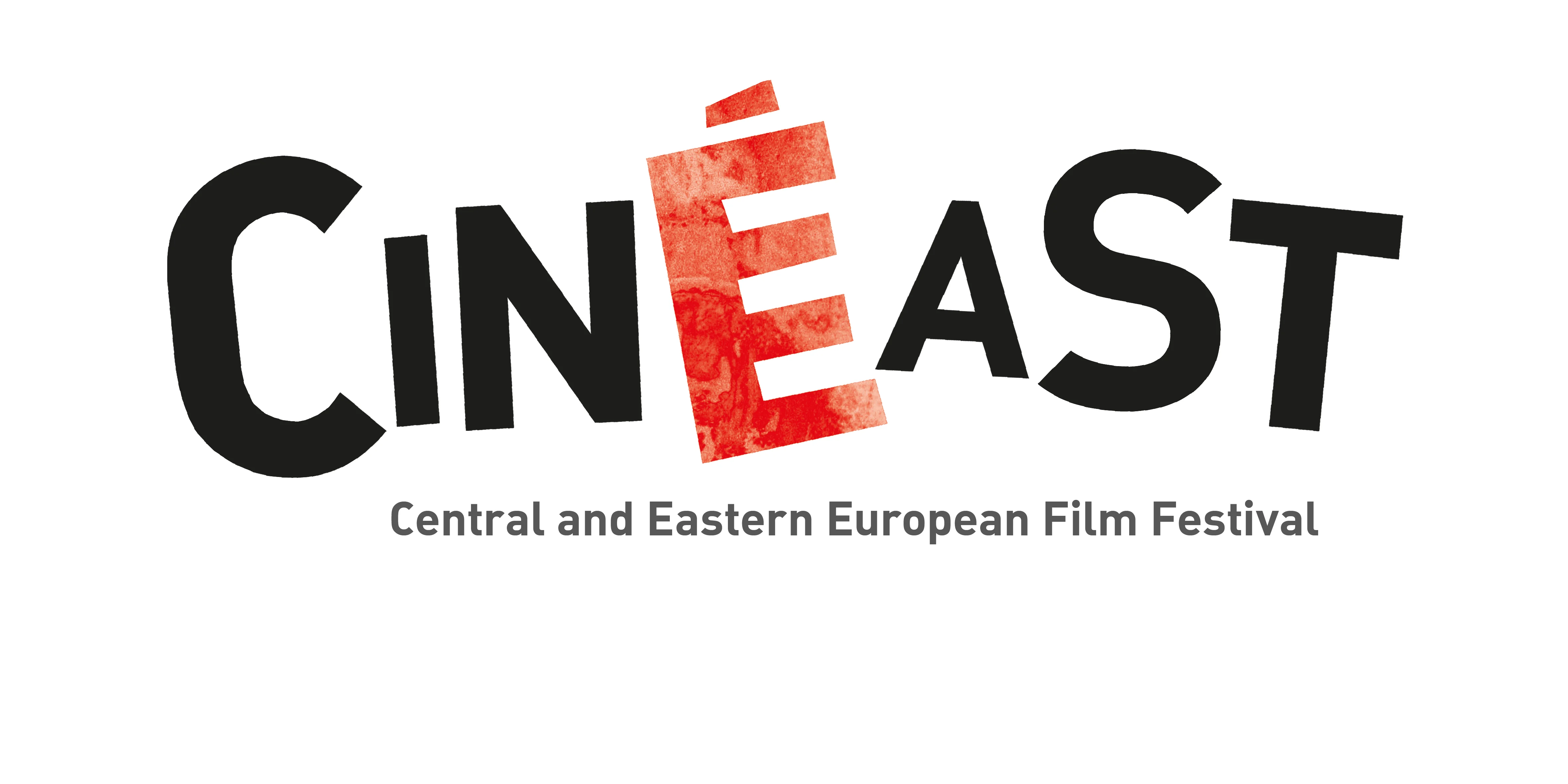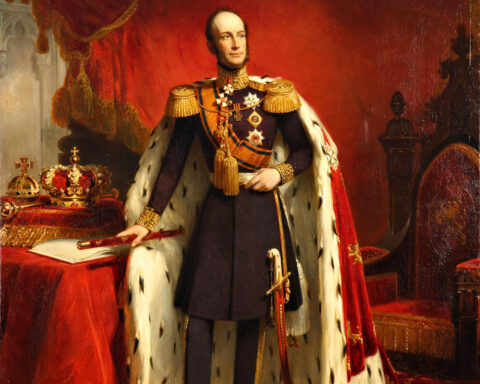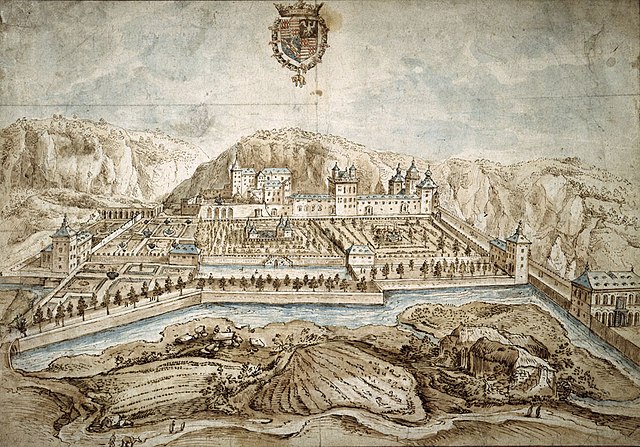The Art of Narrative Universes
Eric Chapuis, the creator of Narrative Universes, has built a career spanning comic books, theatre scenography, film production design, and more. In this interview, he shares insights into his artistic process, innovation in his work, and the challenges of the comic book industry.
How do you define your role as a creator of narrative universes?
My profession revolves around refining vague client requests, adding an artistic dimension, and crafting originality. After training as a graphic designer and graduating in 2014, I immediately launched my own business. My early years in Paris with comic book publishers gave me essential experience before I transitioned into exhibition scenography for museums. From there, theater and film beckoned, leading me to explore video games and 2D animation. Each project presents a different challenge, requiring me to assemble expert teams to bring visions to life. One of my most exciting recent projects was designing and overseeing the construction of the battle of Dornot-Corny first memorial site. This involved conceptualizing the space and coordinating a team to execute the vision. Whether working on a historical comic book or a museum installation, the essence of my work remains the same—telling compelling stories across different mediums.
How have technological advancements transformed your creative process?
Innovation shapes every aspect of my work. The shift from paper and pencil to digital tools has expanded creative possibilities, but the core challenge remains the same: defining a vision that resonates. I integrate trends selectively, ensuring that originality remains at the heart of every project. Collaborating with specialists allows me to push boundaries, bridging different artistic disciplines. The evolution of creative tools has made it easier to experiment, blending illustration, animation, and interactivity. The fusion of these elements has enabled me to explore new narrative techniques, particularly in interactive media. Today, comics extend beyond traditional formats, incorporating digital storytelling methods that connect with animation and video games. This cross-disciplinary approach allows for richer storytelling and more immersive experiences, which are crucial in today’s rapidly changing artistic landscape.
“I conceptualized comic books that combined animation, video games, illustration, and different reading formats.”
What are the biggest challenges facing the comic book industry today?
Comic books have evolved beyond their traditional classifications—manga, Franco-Belgian, or American styles. The medium now encompasses historical themes, specialized topics, and even educational formats like comic book dictionaries. This expansion offers incredible narrative opportunities, but it also challenges artists to adapt to new storytelling methods. The rise of digital comics has introduced dematerialized formats, transforming how stories are consumed and how they interact with other media. My academic research focused on serendipity in digital comics—how readers navigate interconnected content online. This led me to conceptualize comics that integrate animation, video games, and interactive storytelling, creating a fluid narrative experience. The ability to transition a comic book into a video game or animated series exemplifies the boundless potential of this medium. The industry must embrace these new possibilities while preserving the essence of storytelling, ensuring that comics remain both innovative and deeply engaging.



















